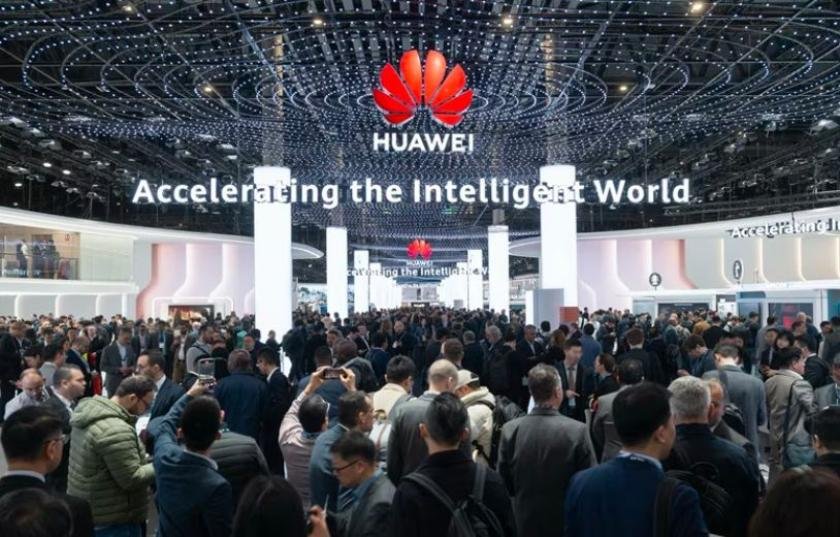As per Dell’Oro Group’s latest April 2025 report, Huawei has emerged as a standout player in the rapidly evolving Private Wireless market, particularly excelling in Wide-Area Private Wireless RAN deployments throughout 2024.

While private wireless networks continue to capture growing enterprise interest globally, Huawei’s stronghold in wide-area solutions positions it as a dominant force in this segment, especially in markets where its technology is not restricted.
What is Private Wireless?
Private Wireless networks refer to cellular networks — typically 4G LTE or 5G — built exclusively for private use by enterprises, governments, utilities, and industries. These networks offer better security, reliability, latency, and customization compared to public mobile or Wi-Fi networks, making them ideal for industrial automation, smart cities, logistics, and more.
Private Wireless comes in two broad deployment models:
Campus Networks – localized deployments within factories, hospitals, or offices.
Wide-Area Networks – broader geographic coverage, often in industrial parks, energy grids, transportation corridors, or national infrastructure.
Huawei’s Strength in Wide-Area Private Wireless
In 2024, Huawei led the market in Wide-Area Private Wireless RAN deployments, outperforming even long-time industry stalwarts such as Nokia and Ericsson in this subsegment. This leadership can be attributed to several strategic and technical strengths:
- Proven Expertise in Large-Scale Network Deployments
Huawei has a deep legacy in building national-scale networks, and it’s leveraging this to deliver wide-area private wireless solutions tailored for sectors like energy, mining, ports, and large utilities—especially in Asia, the Middle East, Africa, and parts of Europe.
- Integrated Ecosystem and End-to-End Capabilities
Huawei’s vertically integrated ecosystem, from chipsets and hardware to software and cloud services, allows it to offer end-to-end solutions with tighter optimization and faster deployment.
- Cost Efficiency and Scalability
Compared to Western vendors, Huawei’s solutions often come at a lower cost while maintaining high performance, a major advantage in cost-sensitive developing regions pursuing digital transformation.
- Localized Innovation and Customization
In regions where Huawei faces fewer regulatory challenges, the company has been quick to localize and tailor its private wireless offerings to specific verticals—something crucial for the success of wide-area applications.
The Bigger Picture in Private Wireless (2024 Snapshot)
Market Growth: The private wireless RAN market grew more than 40 percent year-over-year in 2024 — exceeding expectations.
Enterprise Uptake: Though still early in adoption, the sector accounts for 3–5 percent of the total RAN market, signaling growing enterprise confidence.
Campus vs. Wide-Area: Wide-area deployments saw faster growth than campus networks in 2024, signaling a shift toward more ambitious enterprise use cases.
Top Global Vendors (excluding China): Nokia led in Campus Networks, followed by Ericsson and Samsung. Huawei remains excluded from some Western markets, but maintains strong global performance where permitted.
Looking Ahead: Private Wireless to Become a Key RAN Driver
Despite the strong 2024 performance, Dell’Oro stresses that the enterprise RAN opportunity (>$20 billion) remains largely untapped. The report forecasts:
Private Wireless RAN CAGR (2024–2029): 15–20 percent
Expected Market Share by 2029: 5–10 percent of total RAN
Public RAN CAGR (2024–2029): -1 percent
Huawei, by leading in wide-area deployments, has placed itself in a prime position to capture a large share of this growing pie — particularly as global industries seek large-scale digital infrastructure.
Baburajan Kizhakedath
